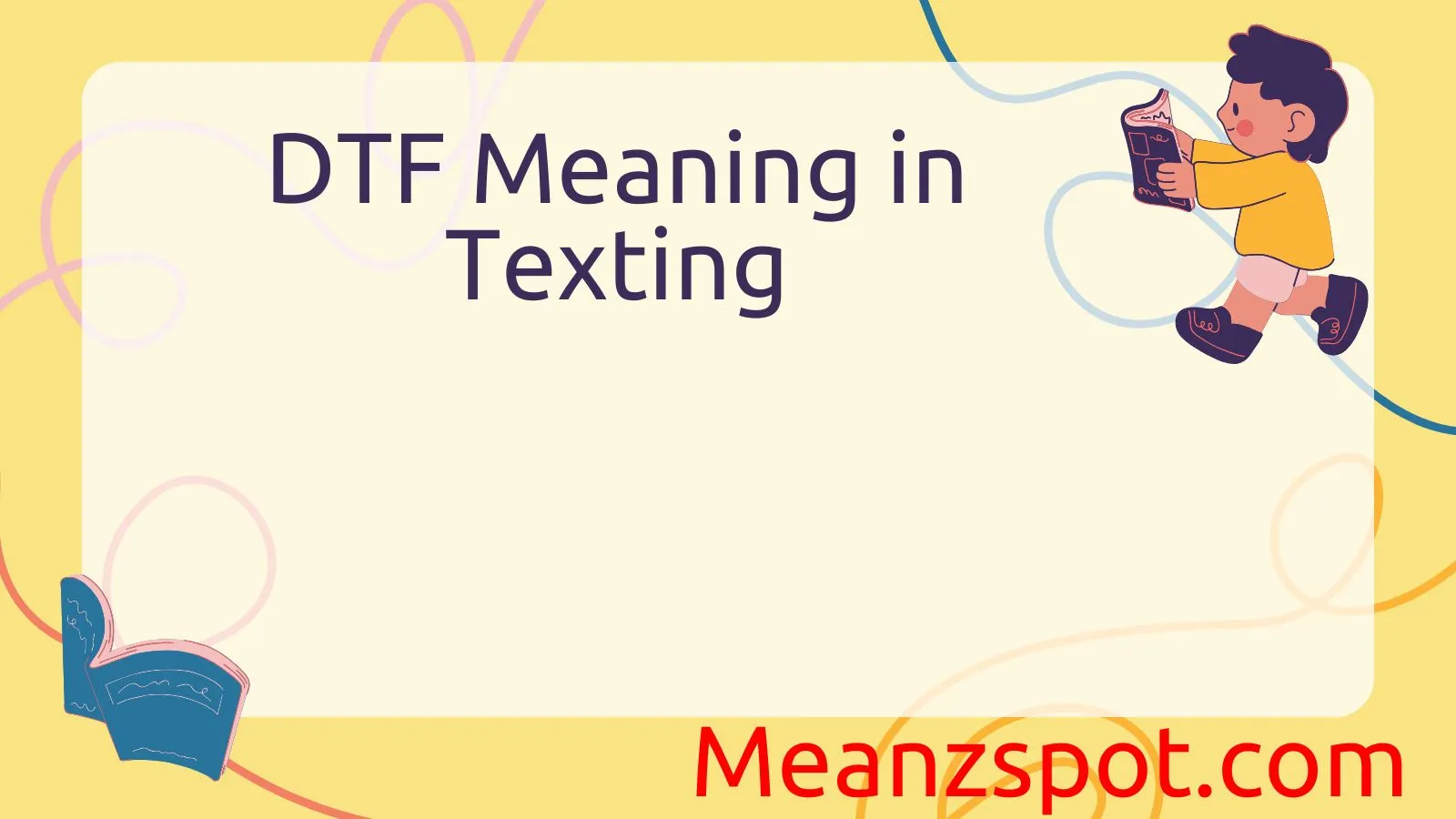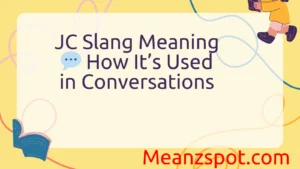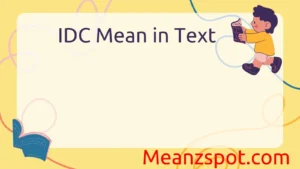In the world of trending slang and abbreviations, keeping up with the latest lingo is key to understanding modern conversations. One acronym that often raises eyebrows and sparks curiosity is DTF. If you’ve come across this term in a message, on dating apps, or while scrolling through social media, you might be wondering, “What does DTF really mean?”
DTF stands for “Down to F*”**, and it’s used to express sexual availability or interest. While it’s commonly seen in casual dating conversations, especially on apps like Tinder or Bumble, it can also appear in memes, pop culture references, and text threads.
In this updated guide, we’ll break down the true meaning of DTF, its origins, how it’s used today, and what you should consider before using or responding to it. Whether you’re texting, flirting, or just staying in the loop, this is what you need to know.
Definitions & Meaning
“DTF” is an acronym that stands for “Down To F***.” In informal digital language, it indicates someone’s willingness to engage in sexual activity. Typically used in text messages, dating apps, and social media, the term is considered vulgar and direct. It conveys a straightforward message about intent without any ambiguity, which is why it’s both provocative and controversial.
While “DTF” is most often used to express sexual availability, the context in which it’s used can vary. For instance, within close friend groups or certain online communities, the term might be employed more playfully or ironically. However, in more formal or unfamiliar settings, it can come across as offensive or inappropriate.
Example:
- Text Message: “Are you DTF tonight?”
- Social Media Post: “Don’t message me unless you’re DTF.”
Because of its explicit nature, “DTF” is generally reserved for adult conversations and is not appropriate in professional or family-friendly environments. It’s important to understand its implications before using it, especially in diverse cultural or personal contexts where language norms differ.
Origins & History
The acronym “DTF” gained widespread popularity in the early 2000s, but its roots can be traced back further to casual, sexually charged slang. It entered mainstream awareness largely thanks to its frequent use in pop culture, most notably in the MTV reality show Jersey Shore, which aired in 2009. Cast members used the term openly, normalizing it in a way that contributed to its proliferation in everyday speech and online communication.
Before becoming widely known, expressions like “down to” or “up for” something were already common in English to express willingness. “DTF” simply added a sexualized twist, aligning with the more explicit tone of modern social discourse in certain circles.
Despite its crass nature, the term’s popularity highlights a cultural shift toward more open discussions about sexuality, particularly among younger generations who embrace candidness over euphemism. It also reflects how reality television and internet culture influence language and social norms at large.
Usage in Different Contexts
The meaning of “DTF” doesn’t change much, but its tone and reception can vary depending on the context:
1. Social Media
On platforms like Twitter, TikTok, or Instagram, “DTF” is used in memes, comments, or posts—often for humor or shock value. Some users post the acronym jokingly to generate engagement or reactions.
2. Online Dating
Dating apps like Tinder, Bumble, and Grindr are places where “DTF” might be used most straightforwardly. It signals a no-strings-attached approach to dating, which may appeal to some users but deter others looking for serious relationships.
3. Pop Culture
TV shows, music, and films occasionally incorporate “DTF” to emphasize character traits or to align with specific genres like raunchy comedies or youth dramas. It has become part of the cultural shorthand for discussing casual sex.
4. Everyday Texting
Among consenting adults or in close-knit friend groups, “DTF” might appear in texting as a lighthearted or provocative question. Context, relationship, and tone are critical here, as misuse can easily offend or mislead.
5. Professional Settings
It is highly inappropriate to use “DTF” in work emails, chats, or professional correspondence. Doing so can lead to disciplinary actions, harassment claims, or damaged reputations.
Common Misunderstandings & Clarifications
Because of its boldness and brevity, “DTF” is often misunderstood or misused. Here are some common misconceptions:
- It’s not just casual slang. Despite being short and memeable, “DTF” carries serious connotations. It’s not something to toss into casual chats unless you’re sure of the context.
- Not everyone interprets it the same way. Cultural background, age, and familiarity with slang can significantly influence how “DTF” is perceived.
- It’s not a gender-specific term. Though it’s sometimes stereotypically used to refer to women, anyone of any gender can use or be described as “DTF.”
- It doesn’t always mean consent. Even if someone jokes about being “DTF,” it doesn’t mean they are giving actual consent. Always seek clear, affirmative consent in real situations.
Clarifying your intent and understanding your audience are essential when navigating slang like this. Misusing such acronyms can easily lead to embarrassment or worse.
Alternatives & Synonyms
While “DTF” is explicit and direct, there are softer or more subtle ways to communicate similar intentions, especially in situations where decorum matters:
- “Looking for something casual” – Common in dating profiles.
- “Open to hookups” – Direct but less crass.
- “No strings attached” – Implying a desire for intimacy without commitment.
- “FWB” (Friends With Benefits) – Indicates a friendly, recurring casual relationship.
- “Up for some fun?” – Vague but often contextually understood.
- “Single and ready to mingle” – A lighthearted way to show interest.
Each alternative varies in tone, and choosing the right one depends on who you’re speaking to and what your communication goals are.
Frequently Asked Questions
1. What does DTF stand for in texting?
DTF stands for “Down To F***”, indicating someone’s willingness to engage in sexual activity.
2. Is DTF appropriate to use in professional settings?
No. Using “DTF” in professional or formal contexts is inappropriate and could be considered offensive or even harassment.
3. Can DTF be used humorously?
Yes, in casual and familiar groups or on social media, it is sometimes used ironically or as a joke. However, it’s crucial to understand your audience.
4. Where did DTF originate?
Though it predates popular media, “DTF” gained mainstream visibility through the show Jersey Shore, where cast members frequently used it.
5. Are there polite ways to express the same idea as DTF?
Yes. Phrases like “looking for something casual” or “open to hookups” convey similar ideas more respectfully.
6. Does DTF imply consent?
No. Slang like “DTF” cannot substitute for clear, verbal, and affirmative consent in any real-life situation.
7. Is DTF gender-specific?
No. The term can refer to anyone, regardless of gender, and may be used by people of all identities.
Conclusion
Understanding slang like “DTF” is more than just keeping up with the latest internet jargon—it’s about recognizing the nuances of digital communication and how language reflects cultural attitudes. While “DTF” is a bold, explicit term often associated with hookup culture, it also highlights the importance of context, consent, and clarity in modern interactions.
Whether you’re navigating online dating, reading between the lines of a social media post, or simply expanding your linguistic knowledge, knowing what “DTF” means—and when not to use it—empowers you to communicate with greater awareness and sensitivity. Use your words wisely, and always prioritize respect and understanding in every conversation.



